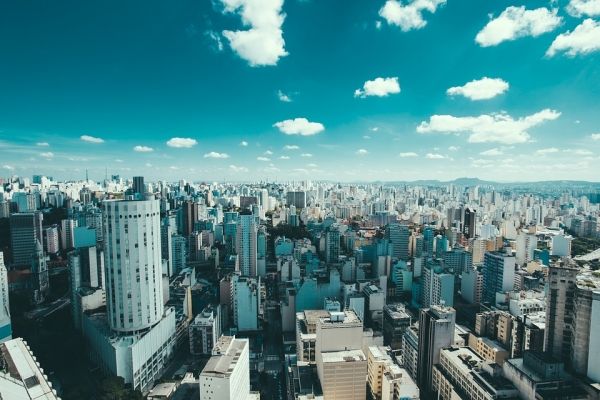Yellow fever virus is normally confined to the Amazon region, but the virus circulated in the Southeast of Brazil between 2016 and 2018, causing the worst epidemic and epizootic outbreaks there for decades.
Yellow fever virus is normally confined to the Amazon region, but the virus circulated in the Southeast of Brazil between 2016 and 2018, causing the worst epidemic and epizootic outbreaks there for decades. The Ministry of Health confirmed 2,251 cases of yellow fever in humans and 1,567 cases in monkeys in Brazil between December 2016 and June 2019.
According to a study published in the journal PLOS Pathogens, the three epidemic/epizootic waves that occurred in this period in the state of São Paulo, the most populous in the Southeast region, were caused by different lineages of the virus. In the first wave (July 2016-January 2017), the virus entered the state from the north, probably coming from neighboring state Minas Gerais, and spread mainly in cities such as São José do Rio Preto and Ribeirão Preto. The second wave (February-June 2017) was more intense, washing over the area from the border with Minas Gerais at Poços de Caldas all the way to Campinas. The largest number of cases was notified in the third wave (July 2017-February 2018). After reaching São Paulo City, the virus spread south to the Ribeira Valley area, where it found densely populated cities with low vaccination coverage rates and became a major public health problem.
These findings, reported in the journal by an international group of researchers supported by FAPESP, were based on genomic analysis of 51 viral isolates extracted both from mosquitoes collected in the affected areas and from monkeys that died from the disease. The material was sent by the Center for Epidemiological Surveillance (CVE) – an agency of the São Paulo State Department of Health – to Adolfo Lutz Institute (IAL), the central laboratory for public health in São Paulo.
Read more at Fundação de Amparo à Pesquisa do Estado de São Paulo
Photo Credit: Pexels via Pixabay




